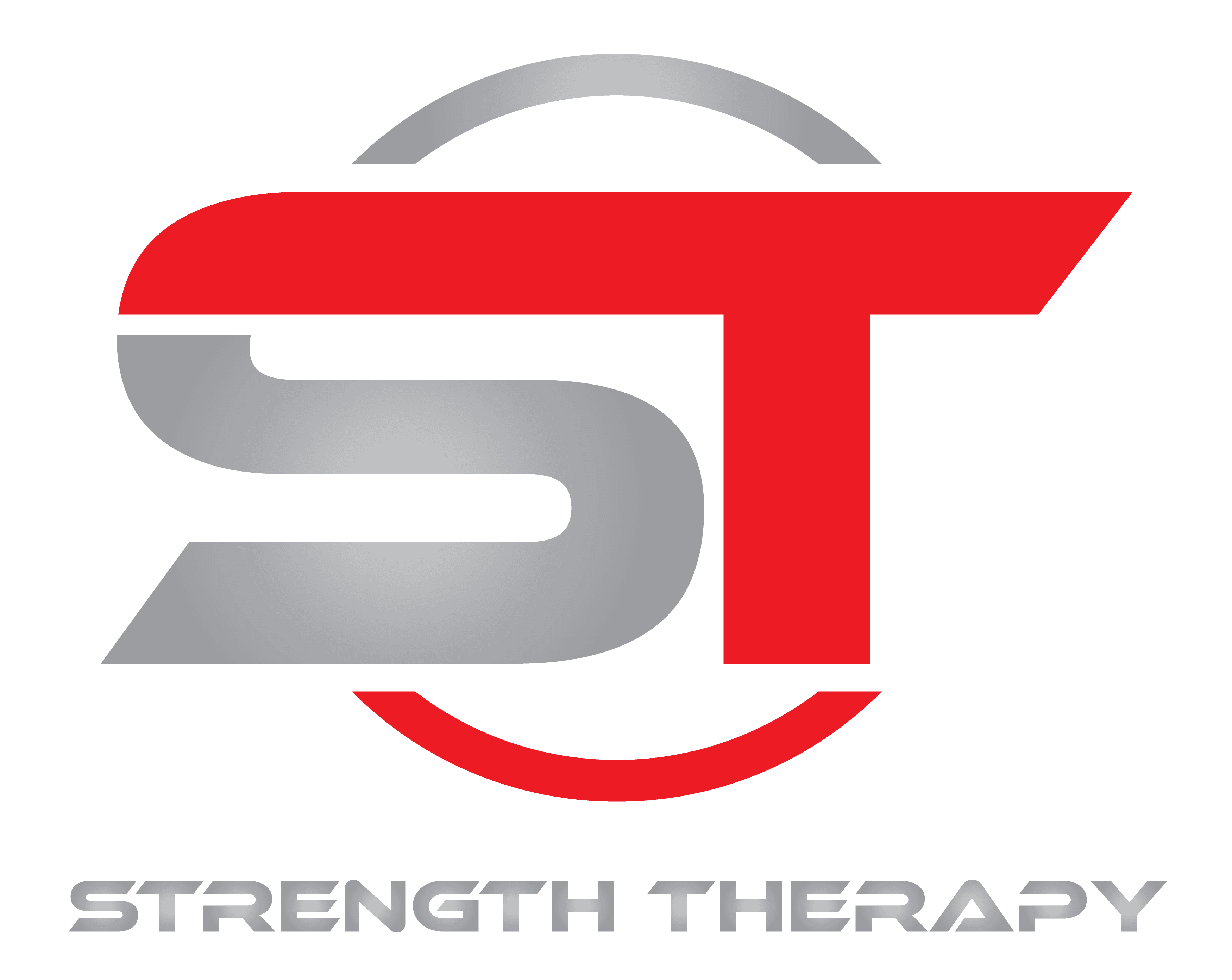Introduction to Dry Needling and Acupuncture in Sports Performance
Welcome to the dynamic world of sports performance enhancement through Strength Therapy, where Dry Needling shines as a superior technique over Acupuncture. While both therapies offer unique benefits, it’s Dry Needling that stands out for its direct impact on sports performance and recovery. This comprehensive exploration will highlight the reasons why that when it comes to Dry Needling vs Acupuncture, Dry Needling is often the preferred choice in sports and athletic therapy.
The Science Behind Dry Needling: Understanding the Process
The efficacy of Dry Needling lies in its methodology. This technique involves the insertion of thin, sterile needles into specific points, known as trigger points, in the muscles. The aim is to release knots and relieve muscle tension, which are common issues in athletes. This process not only alleviates pain but also stimulates increased blood flow and nutrient delivery to the affected areas, thereby accelerating the healing process. Unlike traditional acupuncture, which focuses on balancing the body’s energy flow, Dry Needling targets the neuromuscular system, making it more suited for addressing sports-related muscular issues.
Comparing Dry Needling and Acupuncture
While Acupuncture is rooted in traditional Chinese medicine and focuses on restoring the body’s overall balance and flow of energy, Dry Needling is more anatomically specific. For athletes, the specificity of Dry Needling makes it a more appealing choice. It directly targets areas of concern, offering more immediate relief and recovery benefits. This is particularly beneficial in a sports setting where time and rapid recovery are of the essence. Additionally, Dry Needling is often integrated into broader treatment plans, including physical therapy and strength training, to maximize sports performance.
Real-Life Success Stories
The effectiveness of Dry Needling is further evidenced by numerous success stories from athletes. Many have reported significant improvements in flexibility, decreased pain levels, and quicker recovery times. These testimonials not only highlight the practical benefits of Dry Needling but also reinforce its position as a key component in sports therapy.
Conclusion
Embracing Dry Needling in Athletic Care In conclusion, Dry Needling emerges as a highly effective technique in sports therapy, offering targeted relief for muscle tightness and pain, which are common hurdles for athletes. Its role in expediting recovery and improving muscle function makes it a valuable addition to any athlete’s therapy regimen. By understanding the science behind it and comparing it with traditional methods like acupuncture, it’s clear why Dry Needling is becoming increasingly popular in sports and athletic care. Whether you’re a professional athlete or a fitness enthusiast, incorporating Dry Needling into your care routine could be the key to enhanced performance and faster recovery.


